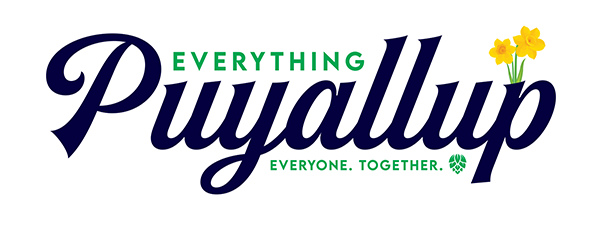As the third Monday of February approaches, communities across the United States gear up for a long weekend to celebrate a unique federal holiday known federally as Washington’s Birthday but popularly referred to as Presidents’ Day. This day not only honors George Washington, the nation’s first president, but over time, it has unofficially expanded to celebrate all U.S. presidents, past and present.
The occasion serves as a time for Americans to reflect on the contributions and the legacy of the leaders who have shaped the country. It creates a three-day weekend that many look forward to for rest, reflection, or engaging in patriotic activities.
The Start of Presidents Day
The distinction between Washington’s Birthday and Presidents’ Day lies in the federal recognition of the holiday versus its varied observances at the state level. Washington’s Birthday became a federal holiday in 1885 to honor George Washington, originally celebrated on his actual birthday, February 22.
However, in 1971, the Uniform Monday Holiday Act shifted the celebration to the third Monday of February, creating a long weekend to benefit workers and encourage tourism and travel. This change marked the beginning of a wider interpretation and celebration of the holiday, not just as Washington’s Birthday but as a day to honor all presidents, which is reflected in the differing names and celebratory practices across states.
What to Know
At the federal level, services such as the U.S. Postal Service and federal offices are closed, making it one of the ten best days for federal employees to enjoy a break. In many parts of the country, especially around the Washington D.C. area, schools also close, embracing the opportunity to celebrate the histories and legacies of America’s leaders.
Interestingly, despite the nationwide recognition, public transport systems often operate on a Saturday schedule, and many private businesses remain open, illustrating the holiday’s impact on various sectors differently.
Different states observe Washington’s Birthday with their own distinct flair, with some focusing solely on George Washington, others incorporating Abraham Lincoln or other presidents into the celebration, and many opting for the more encompassing “Presidents’ Day.” This variation in observance illustrates the unique character of state celebrations and the flexibility with which Americans choose to honor their nation’s leaders.
A total of 41 states declare it a state holiday under various names, showcasing a rich tapestry of historical respect and modern-day appreciation for presidential legacies. Whether called Washington’s Birthday, Presidents’ Day, or a combination thereof, the holiday remains a time for reflection, education, and community activities centered on understanding and appreciating the role of the presidency in shaping the United States.
A Celebration
In summary, while Presidents’ Day or Washington’s Birthday may conjure images of sales and long weekends, its historical roots and varied state-level observances remind Americans of the broader purpose of the holiday – honoring the leadership and vision of the country’s presidents.
From federal to local observances, the holiday encapsulates a blend of historical significance and contemporary celebrations, underlining the importance of remembrance and appreciation for the nation’s leaders. So, as the third Monday of February nears, it presents an excellent opportunity for communities to engage in activities that reflect on and celebrate the presidents who have led the United States through its unfolding history.

